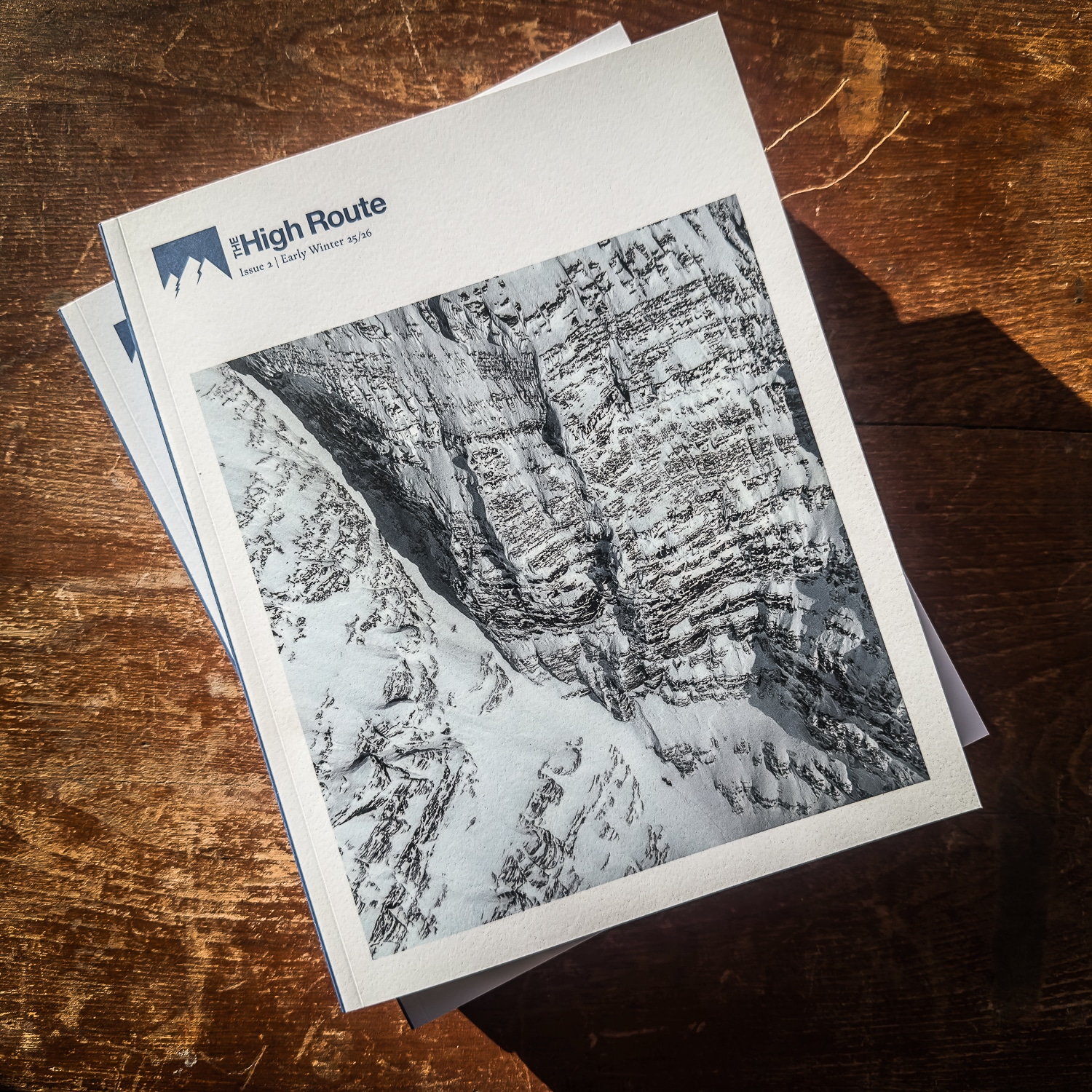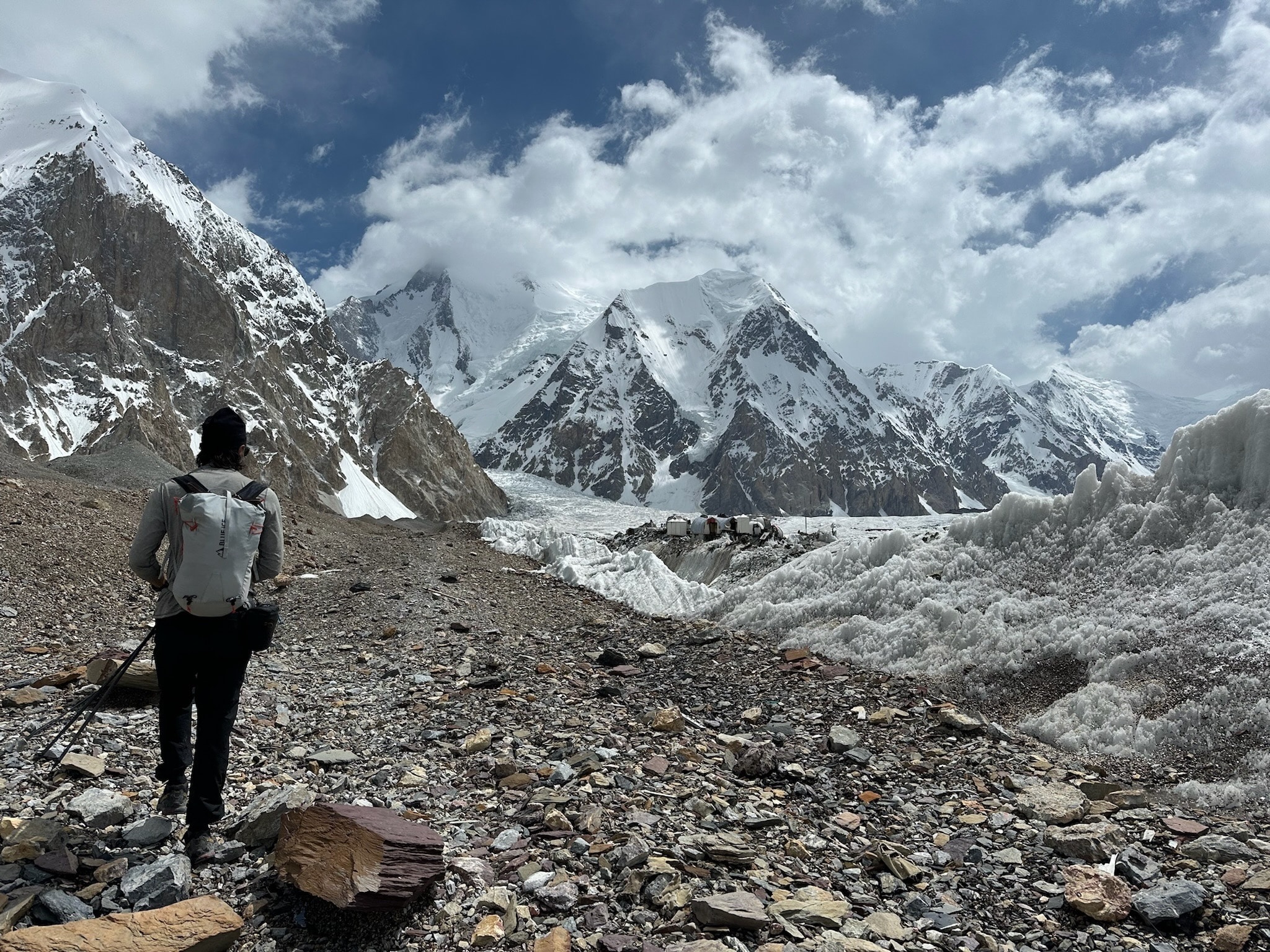Here’s another digital asset, Sentinel sat imagery, for eyeing conditions and terrain from afar.
Before Strava, Facebook groups, and Google Earth, aerial photography was a vital tool to a ski mountaineer’s toolset. Photographers like Bradford Washburn and John Scurlock had (and have) provided invaluable information in the form of pictures of mountain faces. It wasn’t long ago that flipping through photo albums of mountains was the standard way to find new and unexplored terrain. There still is no replacement for the resolution of an aerial image or photograph from the ground, but modern tools are catching up quickly.
New technology has opened more digital tools for backcountry skiers. Caltopo, Gaia GPS, OnX backcountry and others have improved mapping software exponentially. Google Earth allows for brainstorming and “scoping” lines at home, from the safety of your kitchen table. One digital tool that can be overlooked, though, is Sentinel satellite imagery.
The Sentinel Network
The Sentinel satellite network was launched by the European space agency in 2015. The purpose is to take regular images of the earth’s surface for a variety of scientific purposes; but the benefit for skiers is every few days there are updated aerial images of terrain to view. How can this be useful?
Sentinel imagery can be a useful supplement to monitoring weather, snowpack, and terrain. You can see an aerial view of snow coverage, glacial conditions, and generally what the snow surface is looking like from a bird’s eye view. While it does not directly provide you with snow depth, snowpack temperature, or snow surface characteristics, it’s useful for wondering if that valley approach is in or how the coverage is looking in a particular area.
How can you access it?
Cal Topo
Cal Topo has a layer in their Premium subscription where you can toggle between different days of Sentinel imagery.

With it, you can toggle various types of imagery. I typically use the True Color layer, as it’s the simplest to interpret. However, you can also experiment with different wavelengths.
In wintertime, it can be tricky to get good satellite imagery when cloud cover is so frequent and widespread. However, now and again, you can get lucky when there’s a clear day for Sentinel to capture great imagery.






Leave a Reply
You must be logged in to post a comment.